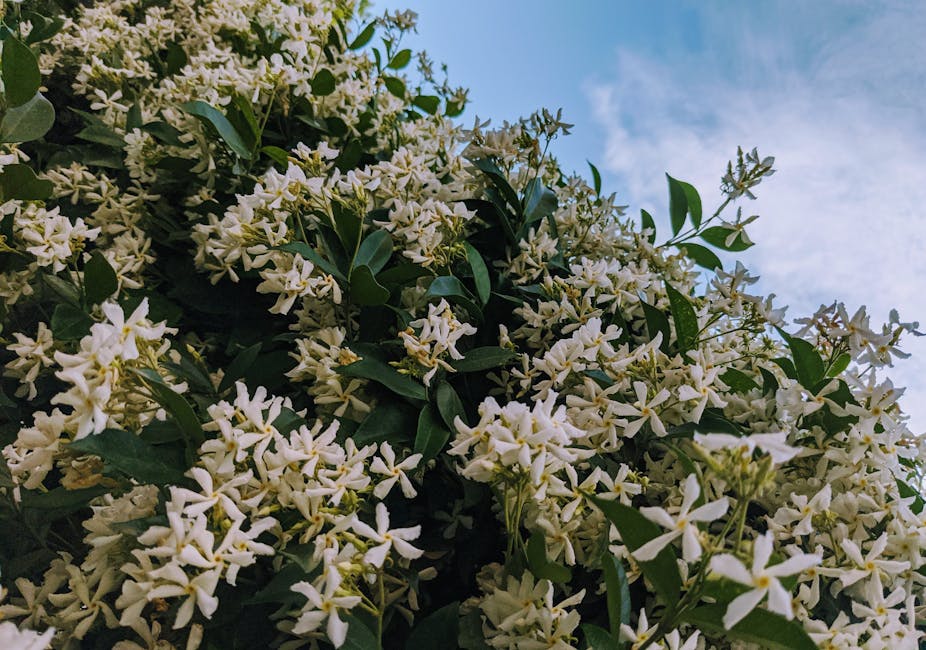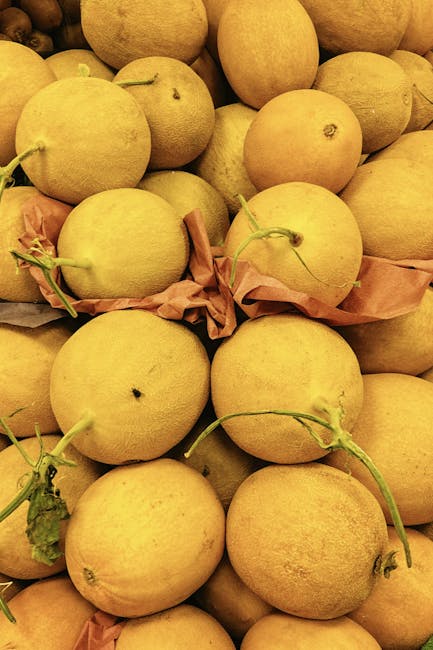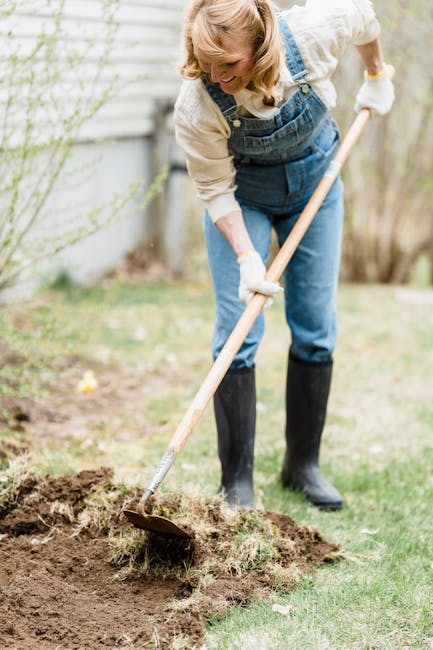Mastering Star Jasmine Propagation: A Comprehensive Guide to Growing More of This Fragrant Vine
Introduction to Star Jasmine Propagation
Star Jasmine (Trachelospermum jasminoides), with its intoxicating fragrance and cascading, star-shaped blooms, is a beloved vine for gardens and landscapes worldwide. Its popularity stems from its relatively low maintenance, hardiness, and the sheer beauty of its flowers. But what if you could easily propagate your own star jasmine plants, expanding your garden or sharing the beauty with friends? This comprehensive guide delves into the various methods of star jasmine propagation, providing you with the knowledge and techniques to successfully grow more of this delightful vine.
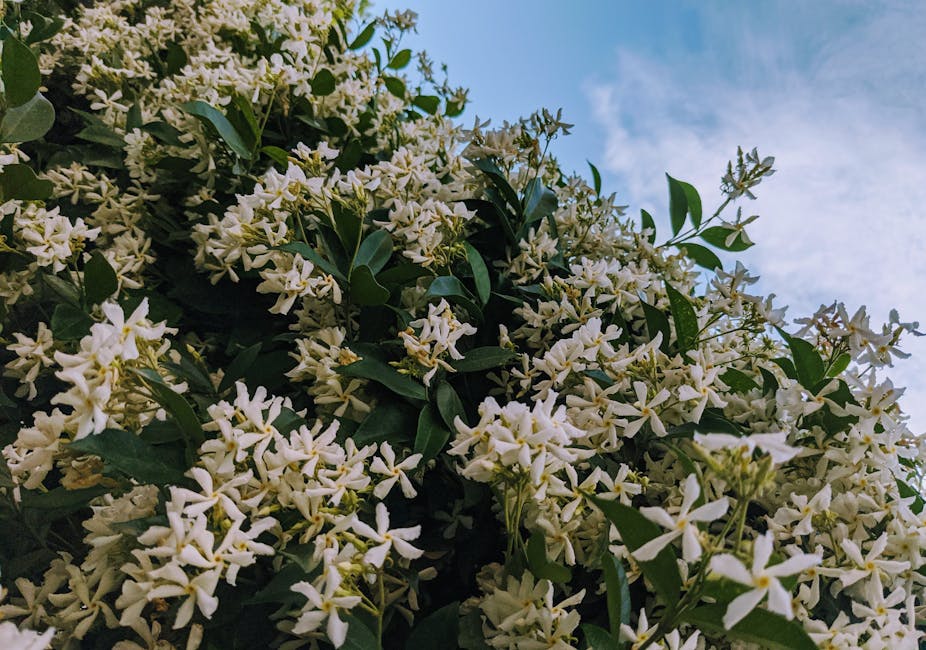
Understanding Star Jasmine Growth Habits
Before diving into propagation techniques, understanding the growth habits of star jasmine is crucial. This evergreen vine is relatively fast-growing, climbing with the help of twining stems. It thrives in full sun to partial shade and prefers well-drained soil. Knowing these preferences will help you select the best propagation method and ensure your new plants have the optimal conditions for success. Its ability to tolerate some shade makes it adaptable to various garden locations.
Methods of Star Jasmine Propagation
Star Jasmine can be propagated through several methods, each with its own advantages and disadvantages. Let’s explore the most effective and widely used techniques:
1. Propagation from Cuttings (Stem Cuttings)
This is arguably the most common and successful method for propagating star jasmine. The process involves taking stem cuttings from healthy, mature plants and encouraging them to root. Here’s a step-by-step guide:
- Timing: The best time to take cuttings is during spring or early summer when the plant is actively growing. Avoid taking cuttings during periods of extreme heat or cold.
- Selection: Choose healthy, non-flowering stems about 4-6 inches long. Select stems that are semi-hardwood – neither completely green nor completely woody.
- Preparation: Use a sharp, clean knife or pruning shears to make a clean cut just below a node (the point where leaves or branches emerge from the stem). Remove the lower leaves, leaving 2-3 leaves at the top.
- Rooting Hormone (Optional): Dipping the cut end in rooting hormone powder can significantly improve rooting success. Follow the instructions on the product label.
- Planting: Plant the cuttings in a well-draining potting mix, such as a mixture of peat moss and perlite. Bury the lower node(s) in the mix. You can use small pots or a propagation tray.
- Humidity and Moisture: Maintain consistent moisture but avoid overwatering, which can lead to root rot. Covering the cuttings with a plastic bag or humidity dome will help maintain high humidity, promoting root development.
- Light: Place the cuttings in a bright, indirect light location. Avoid direct sunlight, which can scorch the delicate new growth.
- Patience: Rooting typically takes several weeks to a few months. Once roots have formed and new growth appears, the cuttings can be transplanted into individual pots.
2. Air Layering
Air layering is another effective method for propagating star jasmine, particularly for thicker stems. This technique involves inducing root formation on a stem while it’s still attached to the mother plant.
- Selecting a Stem: Choose a flexible, healthy stem about ½ inch in diameter.
- Scoring the Stem: Make a 1-inch ring cut around the stem. Carefully scrape away the bark within the ring to expose the cambium layer.
- Applying Rooting Hormone (Optional): Apply rooting hormone to the exposed cambium layer.
- Wrapping the Stem: Wrap the area with moist sphagnum moss, secured with plastic wrap. Keep the moss consistently moist.
- Root Formation: Roots will typically develop within several weeks to a few months. Once roots are well-established, carefully cut the stem below the rooted section and plant it in a pot.
3. Propagation from Seed (Less Common)
Propagating star jasmine from seed is less common and generally less reliable than cuttings or air layering. Star Jasmine seeds are small and may require specialized conditions for successful germination.
Choosing the Right Propagation Method
The best propagation method depends on several factors, including the size of your plant, the number of new plants you want to create, and your available resources. Cuttings are generally the easiest and most reliable method for most gardeners. Air layering is a good option for thicker stems. Seed propagation is less reliable and often requires more specialized knowledge and conditions.
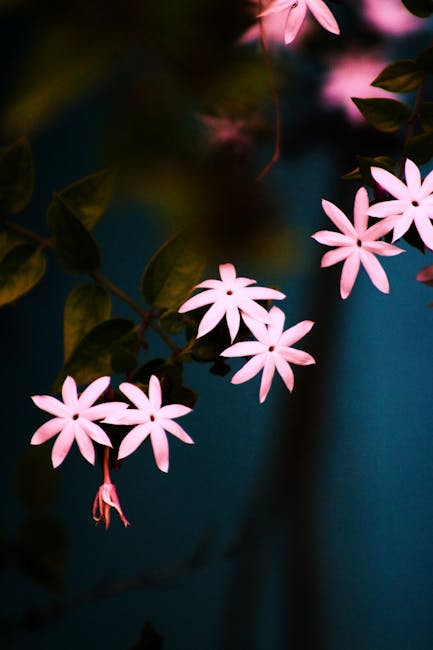
Caring for Newly Propagated Star Jasmine Plants
Once your star jasmine cuttings or air layers have rooted and are established in individual pots, it’s crucial to provide them with the proper care to ensure their continued growth and development.
- Watering: Water consistently, keeping the soil evenly moist but not soggy.
- Fertilizing: Feed your young plants with a balanced liquid fertilizer every few weeks during the growing season.
- Light: Provide ample sunlight (at least 6 hours per day) or partial shade depending on your climate.
- Support: As the plants grow, provide support, such as a trellis or fence, to allow them to climb and develop their natural form.
- Pruning: Prune as needed to maintain shape and encourage bushier growth.
Troubleshooting Common Problems
During propagation, you might encounter some challenges. Here are solutions to some common issues:
- Root Rot: Ensure good drainage to prevent root rot. Avoid overwatering.
- Wilting: Ensure adequate moisture but avoid waterlogging.
- Slow Growth: Provide adequate light and nutrients.
- Pest Infestation: Inspect regularly for pests and address any infestations promptly.
Conclusion
Propagating star jasmine is a rewarding experience that allows you to expand your garden with this beautiful and fragrant vine. By following the steps outlined in this guide, you can successfully propagate new plants and enjoy the enchanting beauty and sweet fragrance of star jasmine for years to come. Remember patience is key – propagation takes time and careful attention to detail. With consistent effort, you’ll be rewarded with a thriving collection of star jasmine plants.

